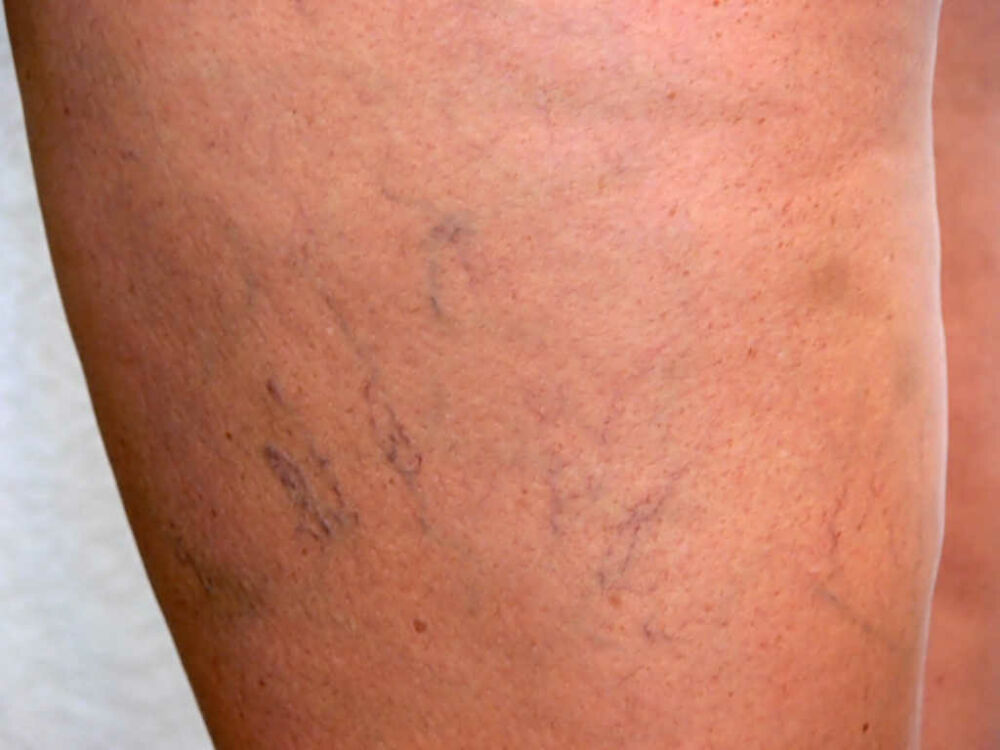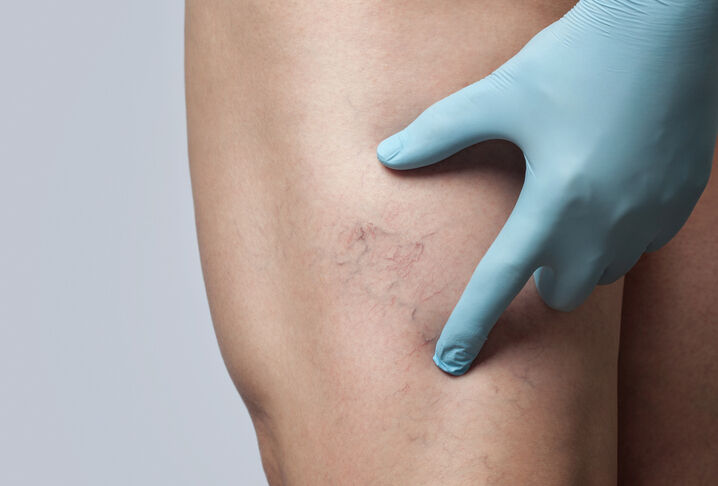If you have spider veins, you’re not alone!
Spider veins affect nearly 50 percent of women ages 40 to 50 and 75 percent of women between the ages 60 and 70. Men are not immune to vein disease either, with 25 percent of men between the ages 30 and 40 suffering from spider veins. This percentage increases to 50 percent for men over 70 years old.
It’s not uncommon to experience no symptoms with spider veins, such as pain and itching. However, you should have your veins evaluated by a vein specialist at an accredited vein center such as Center for Vein Restoration (CVR). Spider veins hint at a malfunction in your circulatory system known as venous insufficiency. Treatment can prevent the condition from progressing and improve the appearance of your skin. Understanding the risk factors behind spider veins and why it’s important to address the condition is the first step in determining the best course of treatment.
What are spider veins?
As the name suggests, spider veins, or telangiectasia, are small yet visible, twisted blood vessels that form a spider web pattern. Typically red, purple, or blue, spider veins are flat or slightly raised above the skin.
Spider veins cause no noticeable symptoms except their unsightly appearance for most people. But in other cases, pain and itching may accompany spider veins.
Spider veins vs. varicose veins
Spider veins and varicose veins both result from venous insufficiency. In appearance, however, they are much different.
Spider veins are typically less than 1 millimeter in diameter and are red, purple, or blue in color. They are flat or only slightly raised. In comparison, varicose veins are much larger, usually 3 millimeters in diameter or more, and have a rope-like appearance that protrudes. Varicose veins protrude.
Both spider veins and varicose veins often develop on the legs. However, varicose veins can also form in the pelvic area.
What causes spider veins?
Both spider veins and varicose veins develop from weakened valves in the veins. These tiny valves open and close to push deoxygenated blood back to your heart. When the valves weaken, blood backflows and pools within the vein. As the blood builds pressure within the vein, the vein wall becomes swollen and emerges from under the skin as a visible spider vein or varicose vein.
Vein valves can weaken for a number of reasons, including:
Age. As we age, the valves lose strength and elasticity. The calf muscles surrounding the veins may also weaken. Without the support of the calf muscles, veins have a more difficult time pumping blood.
Obesity. Carrying extra pounds stresses the veins and weakens the vein walls.
Gender. Women face a higher risk of developing spider veins and varicose veins. The hormonal changes from pregnancy and menopause dilate the veins and weaken the vein valves, which lead to blood pooling. Taking birth control pills may also affect the veins and circulation.
Pregnancy. During pregnancy, a woman’s body produces more blood, which strains the veins. The developing baby also adds pressure on the veins in the legs and abdomen. However, spider veins caused by pregnancy usually disappear after delivery.
Heredity. Genetics increases your chances of developing spider veins at some point in your life.
Sedentary Lifestyle. Sitting and standing for long hours or a lack of exercise can lead to sluggish blood flow that causes spider veins to develop.
Sun Exposure. Exposure to intense UV light can damage the capillaries (tiny blood vessels). This damage can lead to spider veins forming on the face.
Tight Clothing. Restrictive clothing can interfere with blood flow.
Other risk factors for spider veins include the skin disease rosacea or eczema. Injury to the veins may also weaken them.
Four at-home spider vein treatment options
Although a medical procedure performed by a vein specialist is the only proven way to eliminate spider veins, at-home treatments can temporarily reduce their appearance and discomfort. These methods also help improve your overall health.
Exercise. Your calf muscles help the tiny valves in your veins pump blood against gravity. That’s why physical activities that engage the calf muscles are especially beneficial in relieving spider veins. Walking, biking, and swimming engage the calf muscles and encourage blood flow.
Diet. The food you eat has a profound impact on your veins. Opt for fresh fruits and vegetables packed with vitamins A, C, E, and bioflavonoids, which have known anti-inflammatory and antioxidant properties to maintain your vein health. Colorful fruits vegetables such as lemons, oranges, broccoli, bell peppers, and spinach also help boost circulation.
Compression Stockings. Compression stockings gently squeeze your leg veins to promote smoother blood flow. Effective at relieving pain and swelling, compression stockings are available in different strengths and sizes and can be found in drugstores and medical supply outlets. However, check with your doctor before purchasing. People with heart disease are not advised to wear compression stockings.
Elevating your legs. Perhaps the simplest way to reduce the appearance of spider veins and prevent new ones from forming is by elevating your legs for as little as 15 minutes every day. Raising your feet above your heart facilitates blood flow against gravity.
Note that essential oils and other herbal remedies are often touted as cures for spider veins or varicose veins. Although rubbing an essential oil such as horse chestnut oil and butcher’s broom extract on the skin may temporarily relieve pain, swelling, and itching, none will cure your spider veins. To eliminate spider veins, you’ll need to undergo medical spider vein treatment.
Medical spider vein treatment options
Unfortunately, there is no magical cure for spider veins. The only way to treat vein disease is through a medically proven procedure. These outpatient treatments are non-invasive, meaning you don’t need an incision that requires stitches. The most you’ll require is local anesthesia during your brief office visit.
Visual Sclerotherapy. Visual sclerotherapy is perhaps the most common medical treatment for spider veins. The doctor will inject a safe saline-based solution called sclerosant into the vein to irritate and close the vein walls. Blood then diverts to healthy veins.
Foam Sclerotherapy. Similar to the process involved with visual sclerotherapy, the doctor will use an ultrasound image to guide a foam sclerosant into your vein. This procedure works best for spider veins that lie deeper under the skin’s surface.
Treating several spider veins may require multiple sclerotherapy sessions, but you can quickly return to your normal activities with few restrictions. The only discomfort you may feel during sclerotherapy is a needle prick. After the procedure, you may experience temporary cramping. Your doctor may ask you to wear compression stockings to speed up the healing process.
Laser Treatments. For facial spider veins, laser treatments are your best option. A strong light is passed over the thin skin, heating the vein and causing it to shrink and disappear. Side effects include temporary redness and tenderness.
It’s important to note that when treating spider veins, the reticular veins must also be addressed. These veins feed into the spider veins and are characterized by their bluish color. If these reticular veins aren’t removed, the spider veins may reappear.
What happens if you leave spider veins untreated?
You may be motivated to seek treatment for spider veins purely because of their unsightly appearance, and that’s fine!
Even if your spider veins are painless, those thin lines hint at deeper problems within your veins. Putting off treatment for your spider veins can lead to more serious complications in the future.
Venous insufficiency is a progressive vein disorder that is the root cause of spider veins and varicose veins. Without treatment, symptoms that accompany venous insufficiency such as pain, cramping, itching, and swelling can worsen.
With venous insufficiency comes varicose veins as well. Not every person with spider veins will develop varicose veins, but chances are fairly high that they will. Varicose veins can lead to more significant vein issues. Bulging varicose veins bleed easily from even the slightest bump. The skin around the varicose veins is also vulnerable to slow-healing ulcers, which are difficult to treat. But perhaps most importantly, varicose veins may increase your risk of deep vein thrombosis (DVT), or a blood clot deep in the leg veins. If the clot breaks away and travels to the lung, it could cause a potentially life-threatening pulmonary embolism.
Far from being merely a cosmetic nuisance, spider veins indicate a vascular disorder that needs treatment. The progressive nature of spider veins means even if you are asymptomatic today, you could begin to feel symptoms in the future. It’s in your best interest to seek treatment as soon as possible to avoid any unnecessary discomfort.
Learn more about spider veins
Center for Vein Restoration physicians specialize in treating spider veins and can help you navigate conservative and surgical options to eliminate vein disease. Our doctors will tailor a treatment plan based on your individual condition and preferences, so you can start living a pain-free life today. Contact one of our clinics for a free consultation.
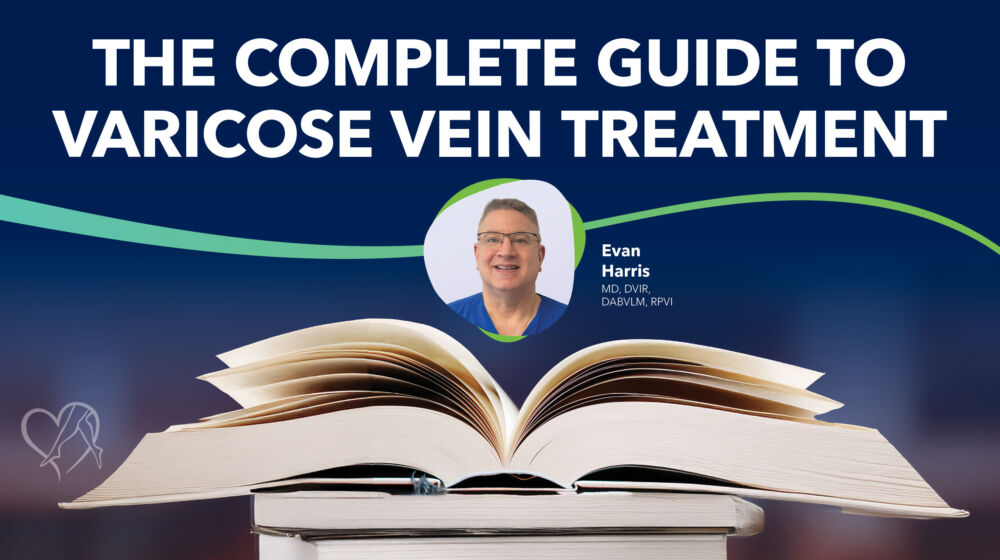
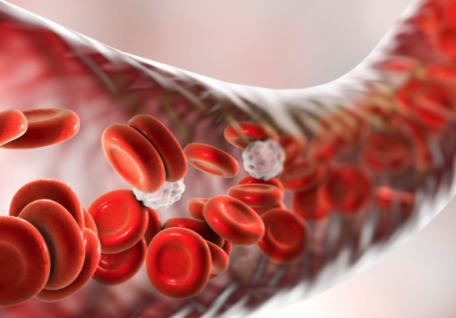 About Vein Disease
About Vein Disease
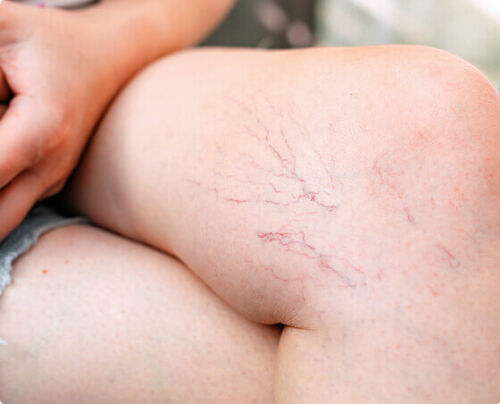 Spider Veins
Spider Veins
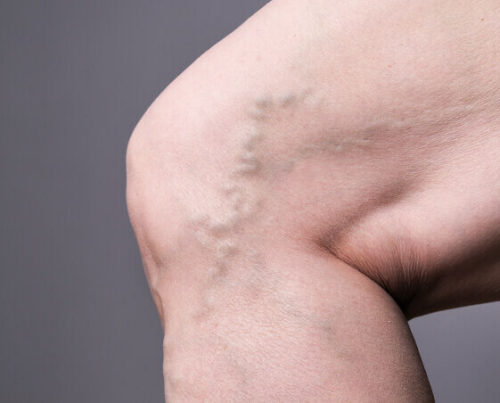 Varicose Veins
Varicose Veins
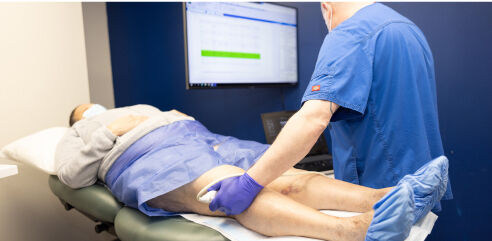 Vein Disease Treatments
Vein Disease Treatments
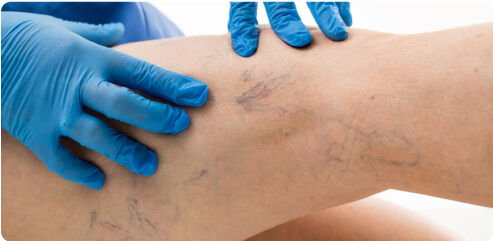 Treating Spider Veins
Treating Spider Veins
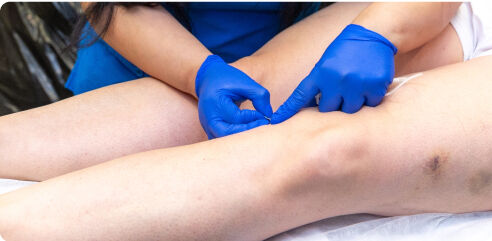 Treating Varicose Veins
Treating Varicose Veins
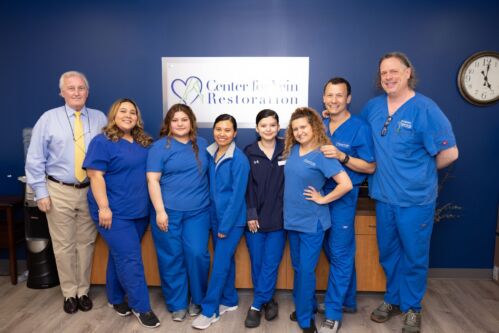 About Us
About Us
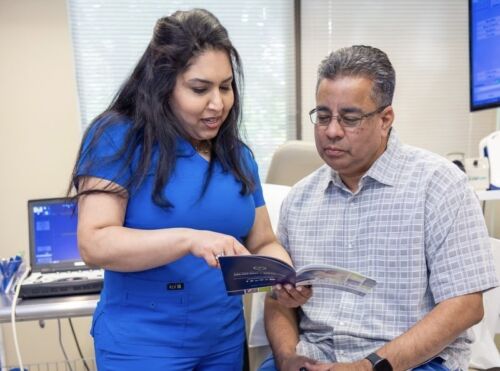 Patient Resources
Patient Resources
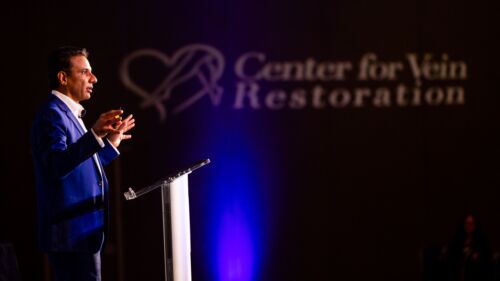 Physician Resources
Physician Resources

